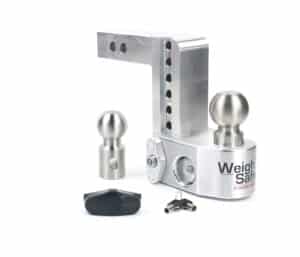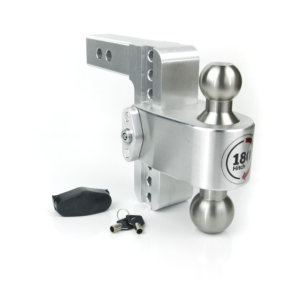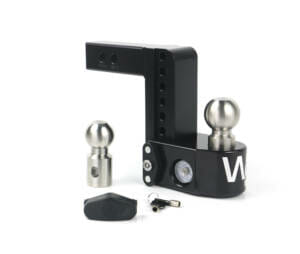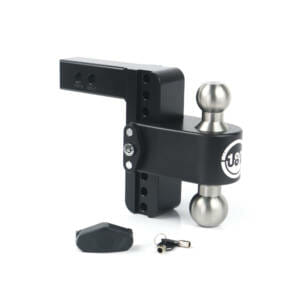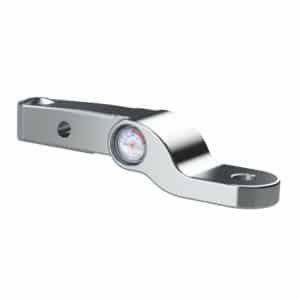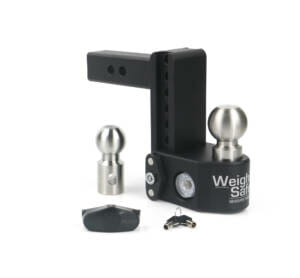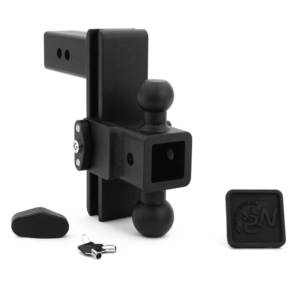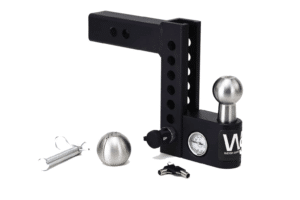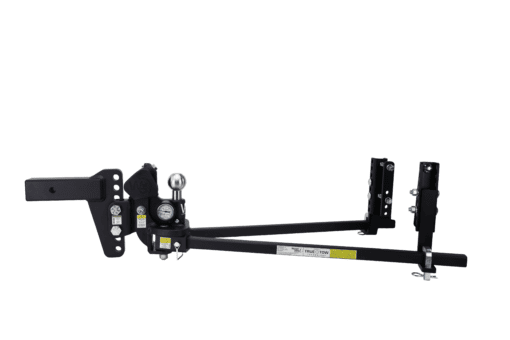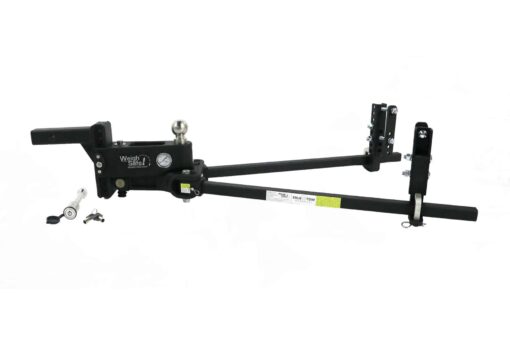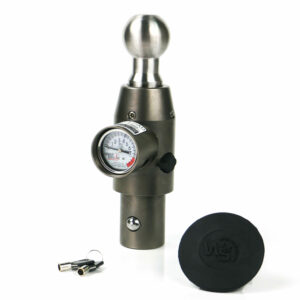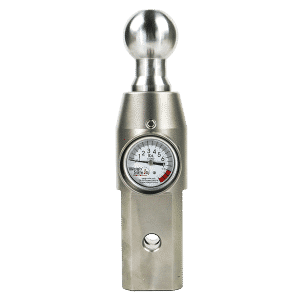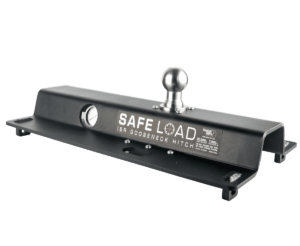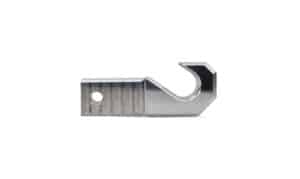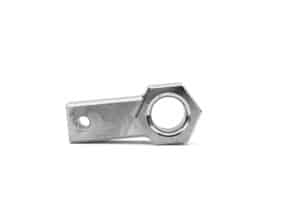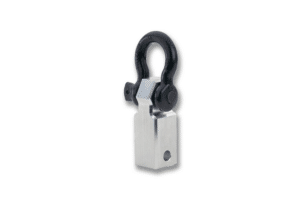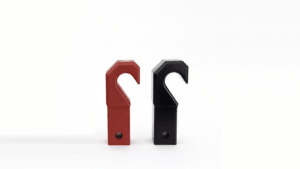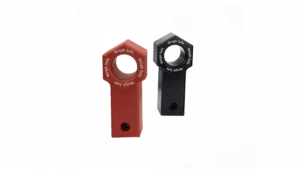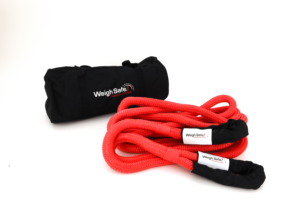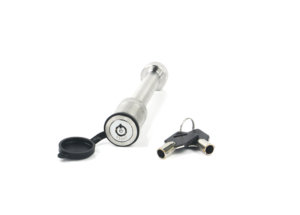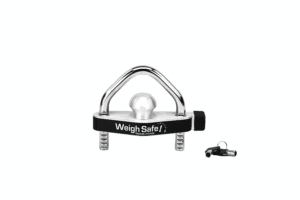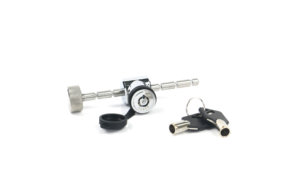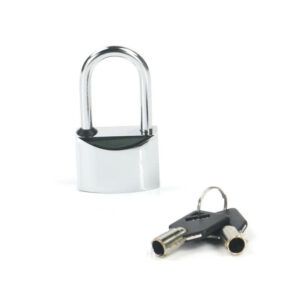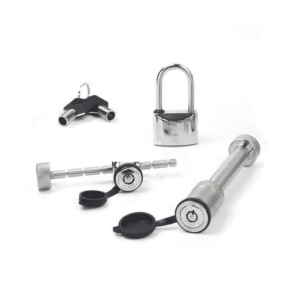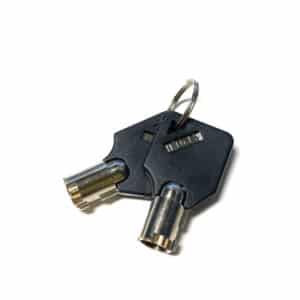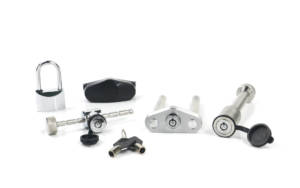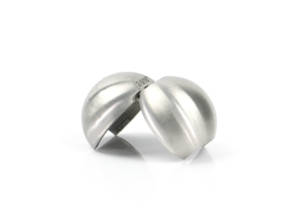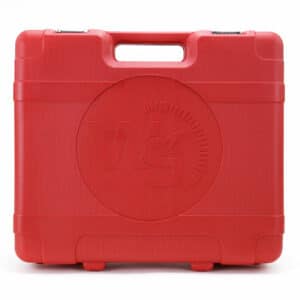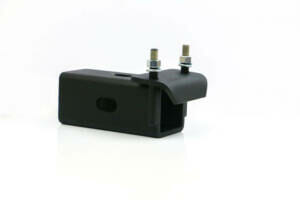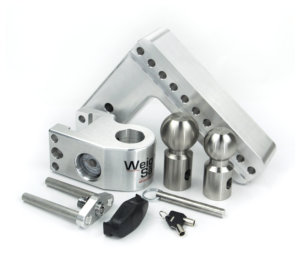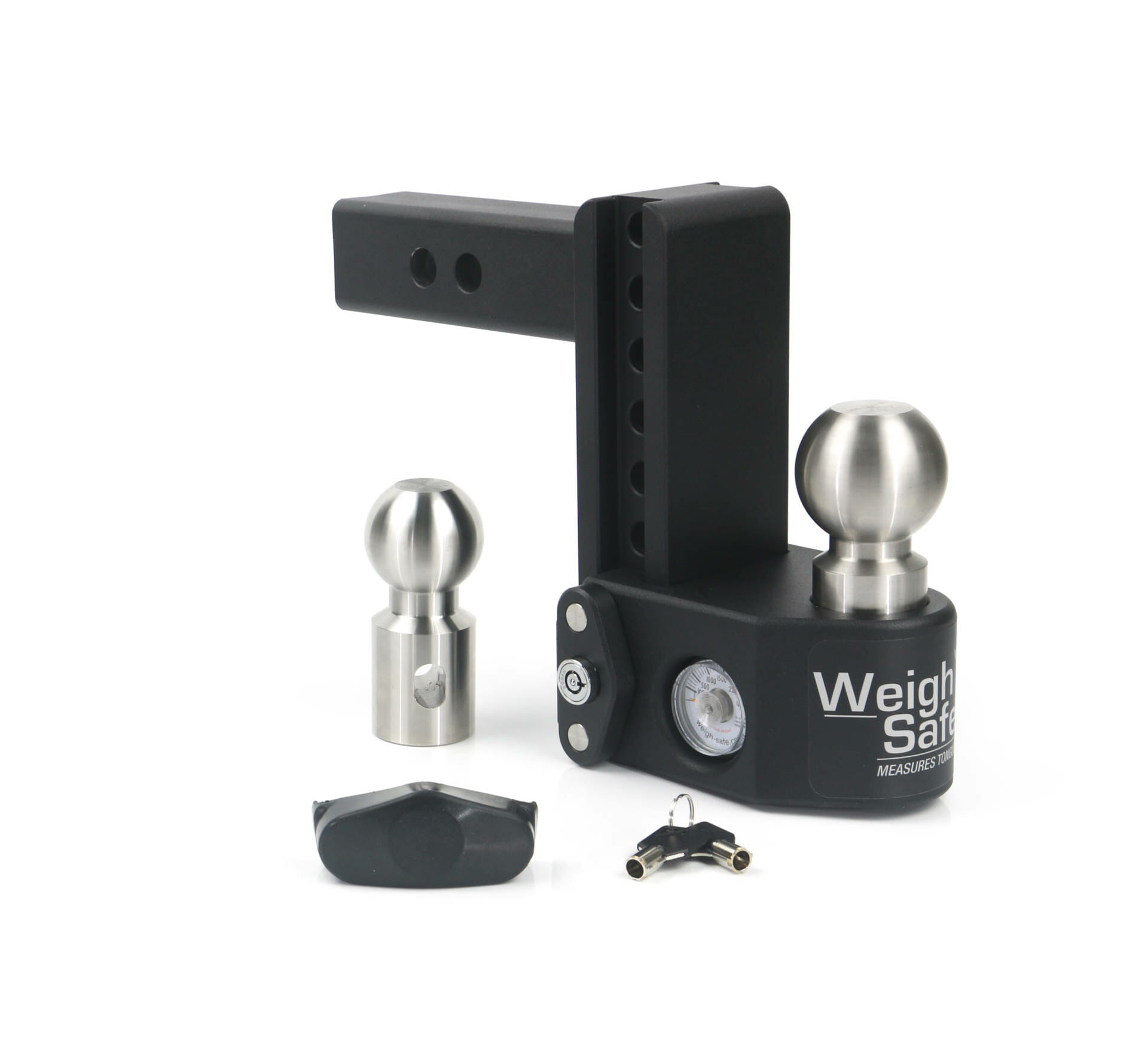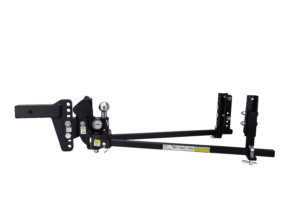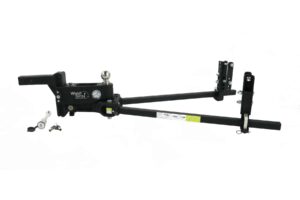Towing Education, Towing Safety
A Comprehensive Guide to Properly Hitching Up for a Smooth Journey

Embarking on a journey with a trailer in tow can be an exhilarating adventure, but the success of your trip hinges on your ability to master the intricate process of hitching up. Whether you’re a seasoned traveler or a novice explorer, understanding the nuances of a proper connection between your vehicle and trailer is paramount for ensuring a safe, stress-free, and enjoyable journey. In this comprehensive guide, we’ll delve into the intricacies of hitching up, providing you with step-by-step instructions and valuable insights to boost your confidence on the road.

Step 1: Selecting the Right Hitch for Your Setup
The foundation of a successful hitching process lies in choosing the correct hitch for your specific trailer and vehicle combination. Hitches come in various types, such as ball hitches, fifth-wheel hitches, and gooseneck hitches. It is essential to ensure that your chosen hitch matches the trailer’s coupler and weight capacity. Utilizing the wrong hitch can lead to instability, compromising safety and performance.
Step 2: The Importance of Having a Guide by Your Side
Connecting a trailer hitch can be daunting, but having an experienced guide makes it much easier. Whether you’re new to it or have some experience, a knowledgeable companion simplifies the process, offering insights and ensuring a secure connection. This teamwork not only boosts confidence but also enhances safety on the road. Checking all the essentials together ensures a smoother journey and fosters camaraderie among travelers. So, when preparing for a trailer adventure, having a guide by your side turns a potentially challenging task into a manageable and enjoyable experience.

Step 3: Check Trailer’s Wiring
When it comes to hooking up your trailer, one often overlooked yet critical aspect is testing the tow vehicle’s wiring. In the world of trailering, ensuring a seamless connection between your vehicle and trailer is paramount for a safe and smooth journey. Before hitting the road, take a moment to assess and test the wiring, ensuring that all electrical components are in sync. This step is not just about functionality but is a proactive measure to prevent potential issues on the road. A properly tested wiring system ensures that brake lights, turn signals, and other essential electrical functions are working harmoniously, reducing the risk of accidents and ensuring a hassle-free towing experience. So, as you embark on your next trailering adventure, make it a point to test the tow vehicle’s wiring – a small step that can make a big difference in the overall safety and reliability of your journey.
Step 4. Ensuring Compatibility Between Trailer Ball, Hitch, and GVWR
When connecting your trailer, make sure the trailer ball, hitch, and the Gross Vehicle Weight Rating (GVWR) all match. Skipping this step can be unsafe and affect your towing. Ensure the trailer ball and hitch can handle your trailer’s weight to distribute it properly. Before you drive, check these details for a safe towing experience. Remember, having the right weight compatibility is necessary for a worry-free trip.
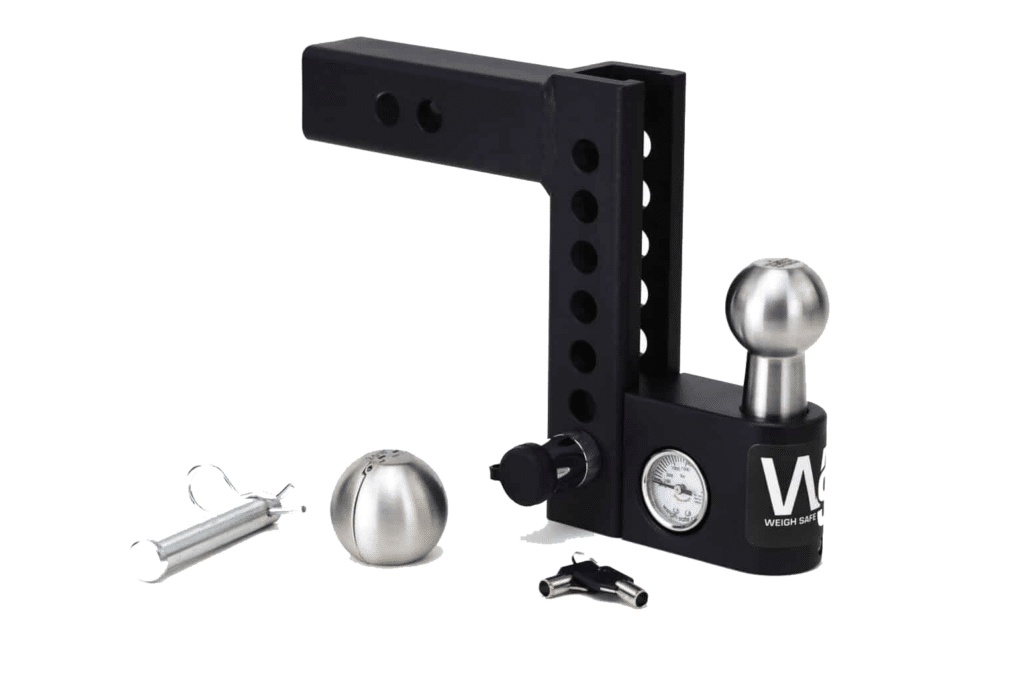
Step 5. Match Ball and Hitch Size
When connecting your trailer, make sure the ball and hitch sizes match perfectly. It’s like a good handshake for a safe connection. Overlooking this detail could lead to problems, risking the stability of your towing. Before you drive off, check that the ball size matches the hitch coupler size for a snug fit. This small but careful step ensures a secure attachment and prevents potential issues, giving you confidence on the road. Remember, a well-matched ball and hitch size are crucial for a smooth and secure towing experience.
Step 6. Raise the coupler height so that it is higher than the ball height
When hooking up your trailer, don’t forget to adjust the coupler height. It’s crucial to ensure the coupler is slightly higher than the ball. This small adjustment makes the connection smoother and prevents challenges in the hitching process, maintaining the stability of your towing setup. Before you head out, take a moment to raise the coupler height, aligning it perfectly with the ball. This quick step not only simplifies the hitching process but also lays the groundwork for a secure and stress-free towing experience. Remember, getting the coupler height right is a simple but crucial detail that significantly affects the success of your trailer connection.
Step 7: Backing Up for a Seamless Trailer Hitch
When hooking up your trailer, a crucial skill is aligning the hitch and coupler precisely. Think of it like a dance—back up patiently, communicating clearly to ensure a flawless connection. Even a small misalignment can cause issues, so take your time and signal effectively. Mastering this skill isn’t just about ease; it’s the basis for a smooth and secure trailer connection. So, the next time you’re in reverse, remember that getting the alignment right is the key to a stress-free and road-ready hitching experience.
Step 8: Lowering the Coupler onto the Hitch Ball
When hooking up your trailer, follow these simple steps for a secure connection. First, lower the jack to meet the hitch at the right height. Then, secure the tongue latch to create a strong link between the trailer and the hitch. Some couplers have a distinctive locking mechanism that audibly clicks when properly seated.
Finally, add extra safety by inserting the keeper to make sure the latch stays firmly in place during your journey. For an additional layer of confirmation, give the trailer a gentle tug to verify the connection’s solidity. These easy actions not only make hitching a breeze but also ensure a safe and worry-free towing experience.
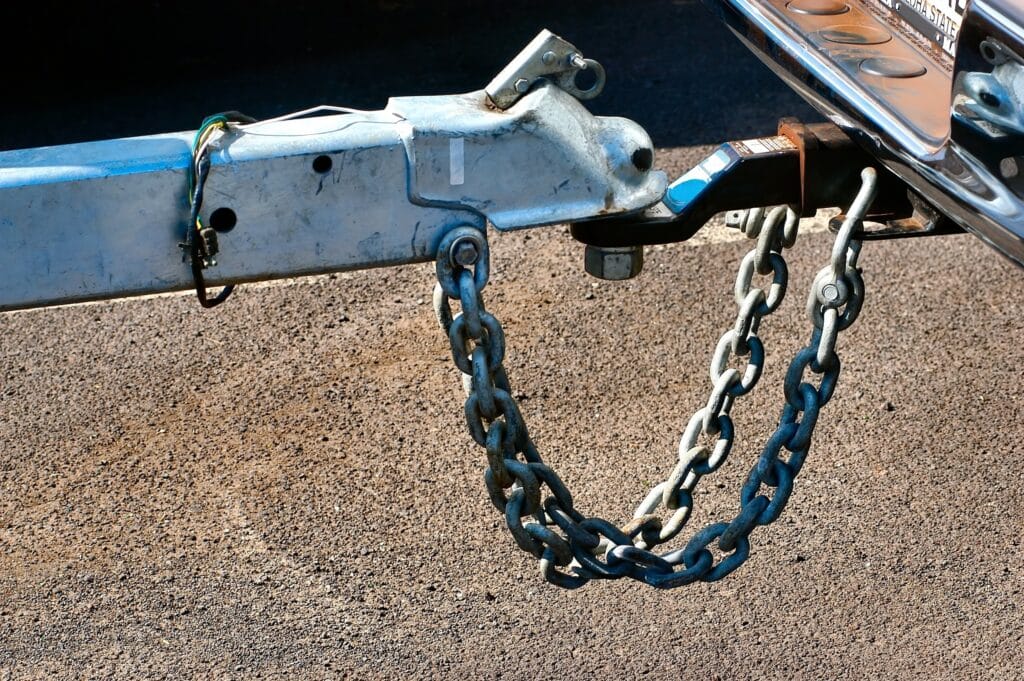
Step 9: Ensuring Safety with Crossed Safety Chains
Safety chains play a pivotal role in towing safety. After securing the coupler, cross the safety chains under the trailer’s coupler to create an ‘X’ shape. Attach each end of the chains to the designated points on your vehicle. It’s essential to strike a balance—provide enough slack to allow for turns but not so much that the chains drag on the ground. These safety chains act as a critical backup, preventing complete separation in the event of a hitch failure.
Step 10: Connecting Electrical Cables for Enhanced Signal
Most trailers come equipped with electrical cables that connect to the towing vehicle. These cables transmit signals for brake lights, turn signals, and other essential functions. Confirm a secure connection to ensure synchronization between your trailer’s lights and your vehicle’s signals. This not only promotes safe driving but also enhances visibility and communication with other motorists on the road.
Step 11: Checking Trailer Levelness and Lights & Brakes
Check the levelness of your trailer to guarantee a balanced and stable connection. This simple yet crucial step ensures optimal weight distribution and contributes to a smoother ride. Additionally, conduct a thorough check of your trailer lights and brakes. Make sure all lights are operational, including brake lights and turn signals. Ensuring that the brakes are in good working order adds an extra layer of safety to your journey.

Step 12: Drive Safely with Your Trailer
After securing your trailer hitch, the next key step is safe driving. Before you start, check the alignment and make sure the connection is secure. Drive carefully, maintain a steady speed, and keep a safe distance. Safe driving not only protects you but also ensures your trailer stays secure. Follow speed limits, use signals, and stay aware. Remember, a secure hitch makes for a worry-free journey, and responsible driving ensures you reach your destination safely and smoothly.
Weigh-Safe is not just a hitch provider; it’s your go-to guide for all towing inquiries, leading you to the ideal hitch. Their knowledgeable team is ready to answer any questions, whether you’re new to towing or experienced. They’ll help you understand towing capacities, the significance of tongue weight, and guide you in choosing the right hitch for your specific needs. Weigh-Safe goes beyond providing a hitch; it becomes a reliable partner in your towing journey, ensuring you feel confident and well-informed in your choice.
In mastering the art of hitching up, you lay the groundwork for a safe, secure, and enjoyable towing experience. By following these detailed steps and paying meticulous attention to the details, you not only ensure a reliable connection but also set the stage for a smooth journey filled with exciting adventures. So, confidently hitch up, hit the open road, and let your towing adventures unfold!
